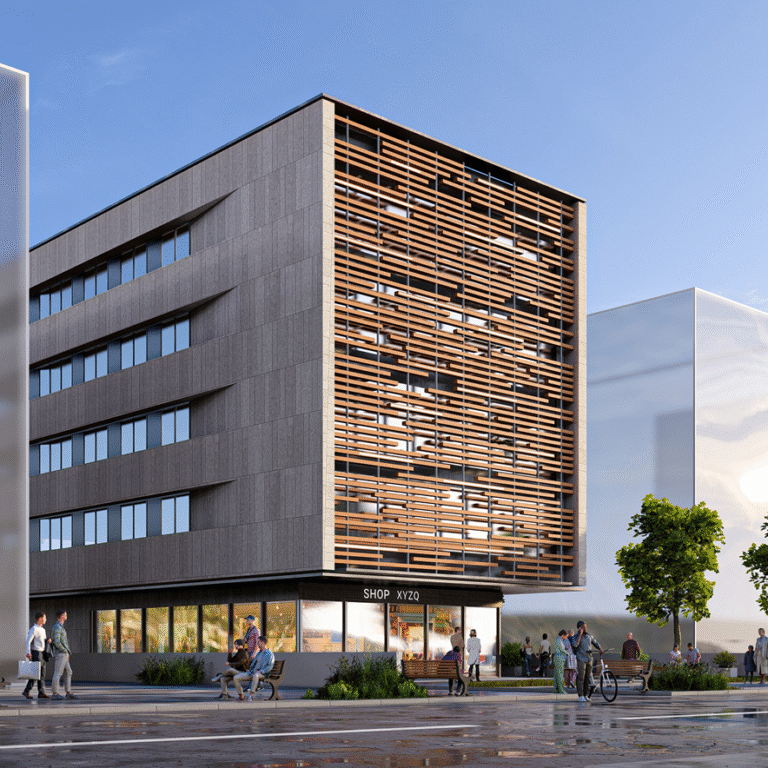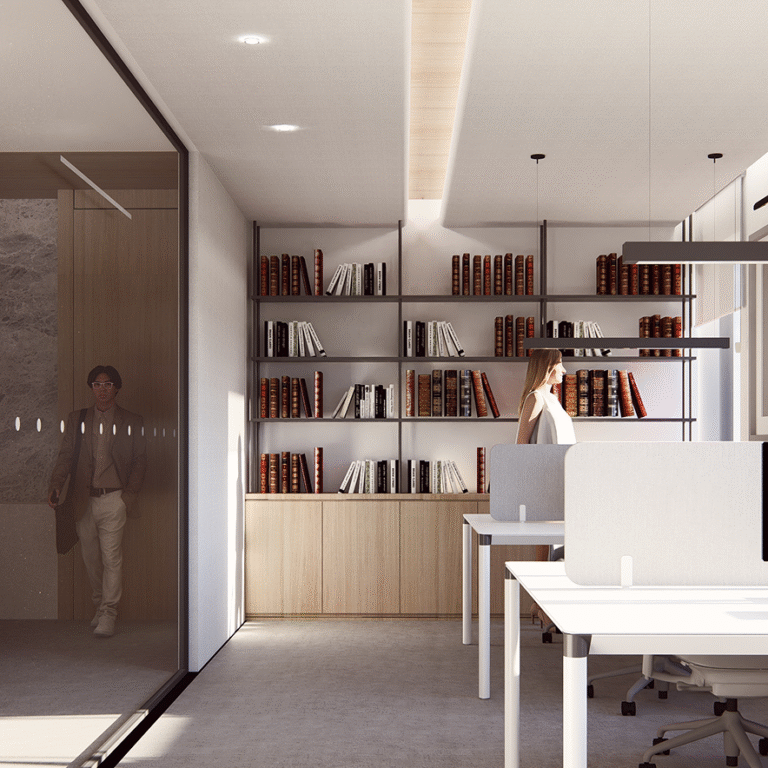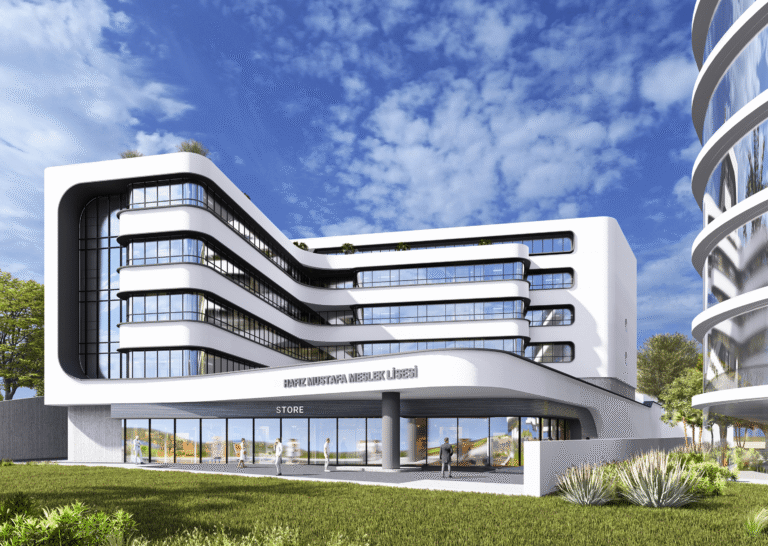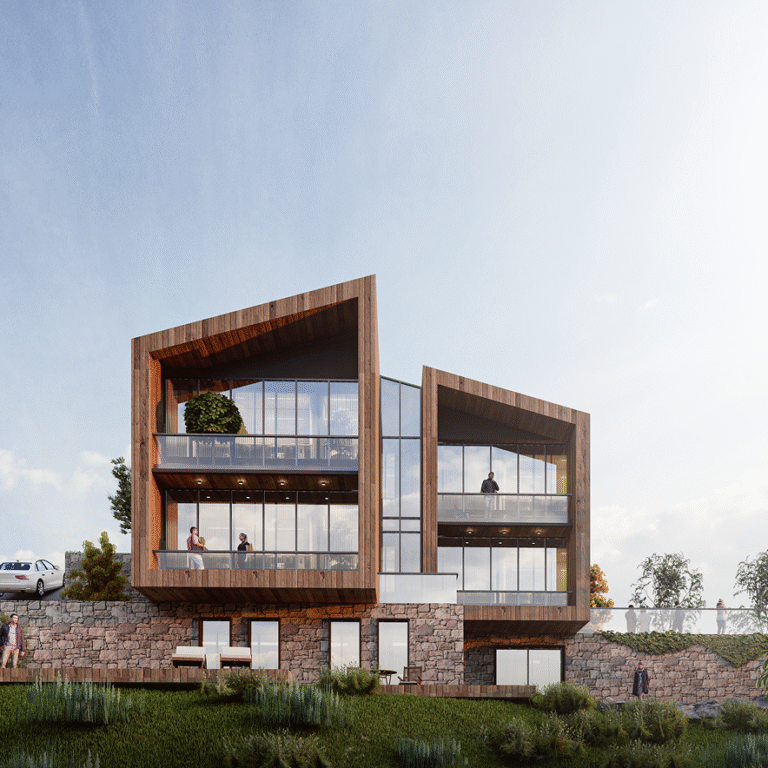
2021 / turkey
2021 / turkey
2021 / turkey
project name
Kagıthane Hish school
SITE
Cappadocia, Turkey
project type
Cultural / Educational
status
Completed
client
Emre Yilmaz
area
5000 sq ft
year
2021
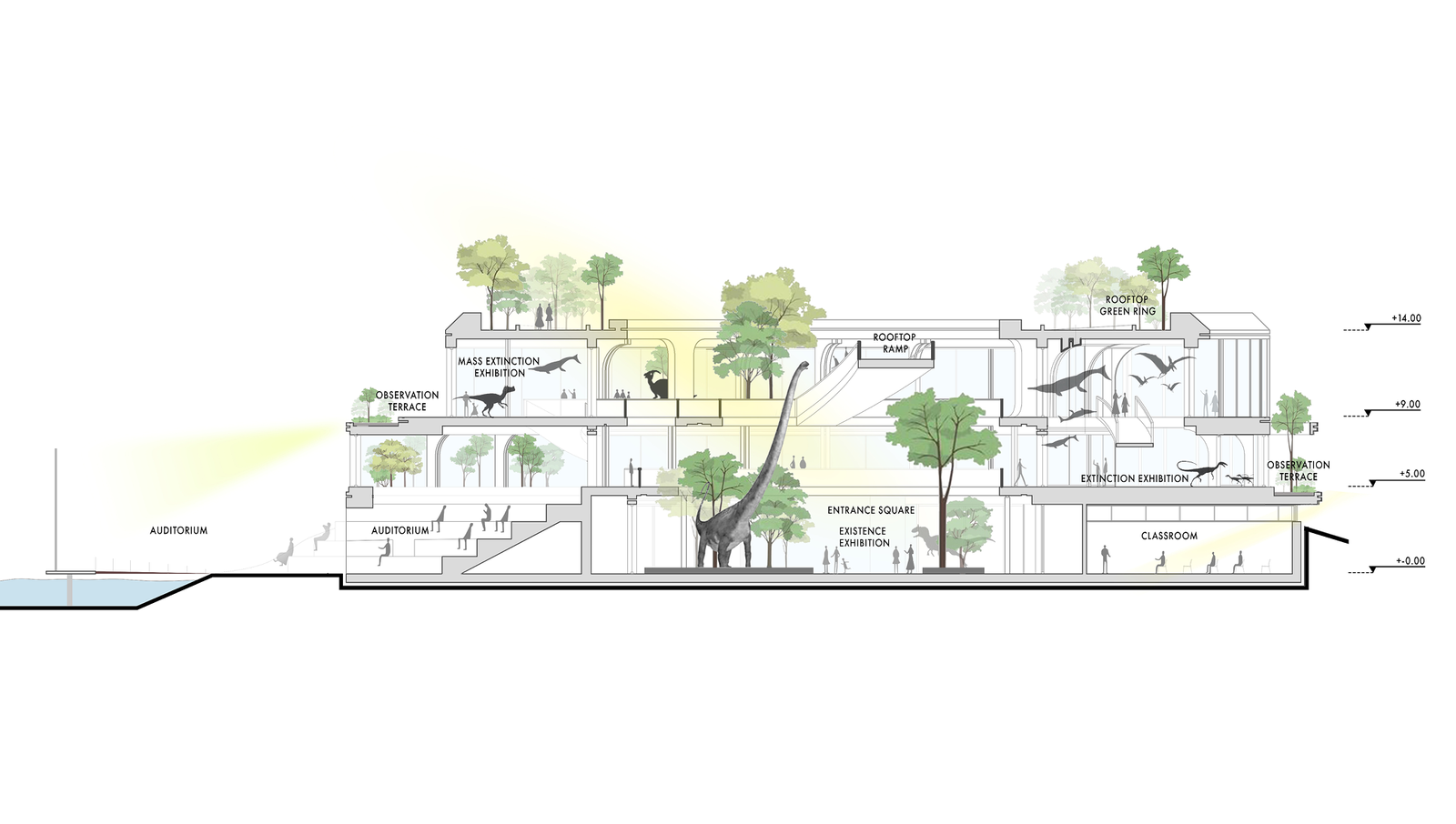
A Sanctuary for the Lost and a Warning for the Future
The Extinction Museum is a bold architectural response to one of the most pressing issues of our time: the rapid loss of species and ecosystems. Designed to be a living archive of extinction, the museum is situated in the otherworldly landscape of Cappadocia—a region historically shaped by both natural forces and human intervention. By blending into its surroundings while confronting visitors with hard truths, the museum serves both as a place of remembrance and a call to action.
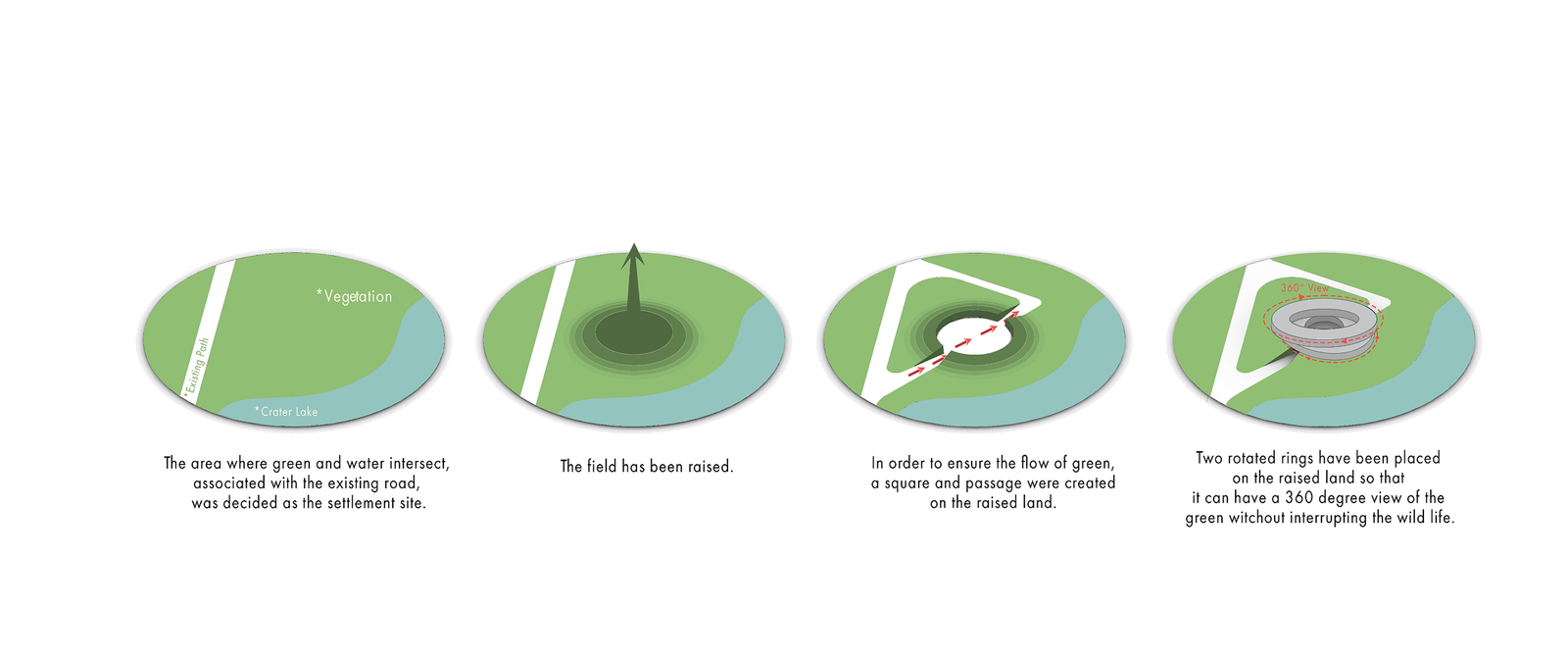
Merging With the Memory of the Earth
Cappadocia’s soft volcanic rock formations and ancient cave dwellings create a poetic dialogue between natural erosion and human adaptability. The Extinction Museum is carved into these rock formations, continuing the tradition of subterranean architecture in the region. Its spatial language respects the geological rhythms, using organic forms and earthy materials to merge the structure seamlessly with its setting.
Large portions of the museum exist underground, minimizing visual disruption and thermal dependency, while strategically placed skylights and observation points allow natural light and views to punctuate the experience.
Silence, Shadow, and Submersion
The design of the museum evokes a feeling of solemnity and contemplation. Corridors are narrow, winding, and subdued in lighting—mimicking burrows, nests, and tombs—while main galleries expand into larger voids that hold immersive exhibits. The architectural forms are inspired by fossils, skeletal remains, and decaying organisms—expressing extinction not as an abstraction but as something physical and deeply felt.
Materials include rammed earth, basalt stone, weathered steel, and reclaimed timber—chosen for their symbolism, tactility, and longevity. These materials age gracefully, allowing the building to weather and shift over time, like the memory of the extinct it enshrines.
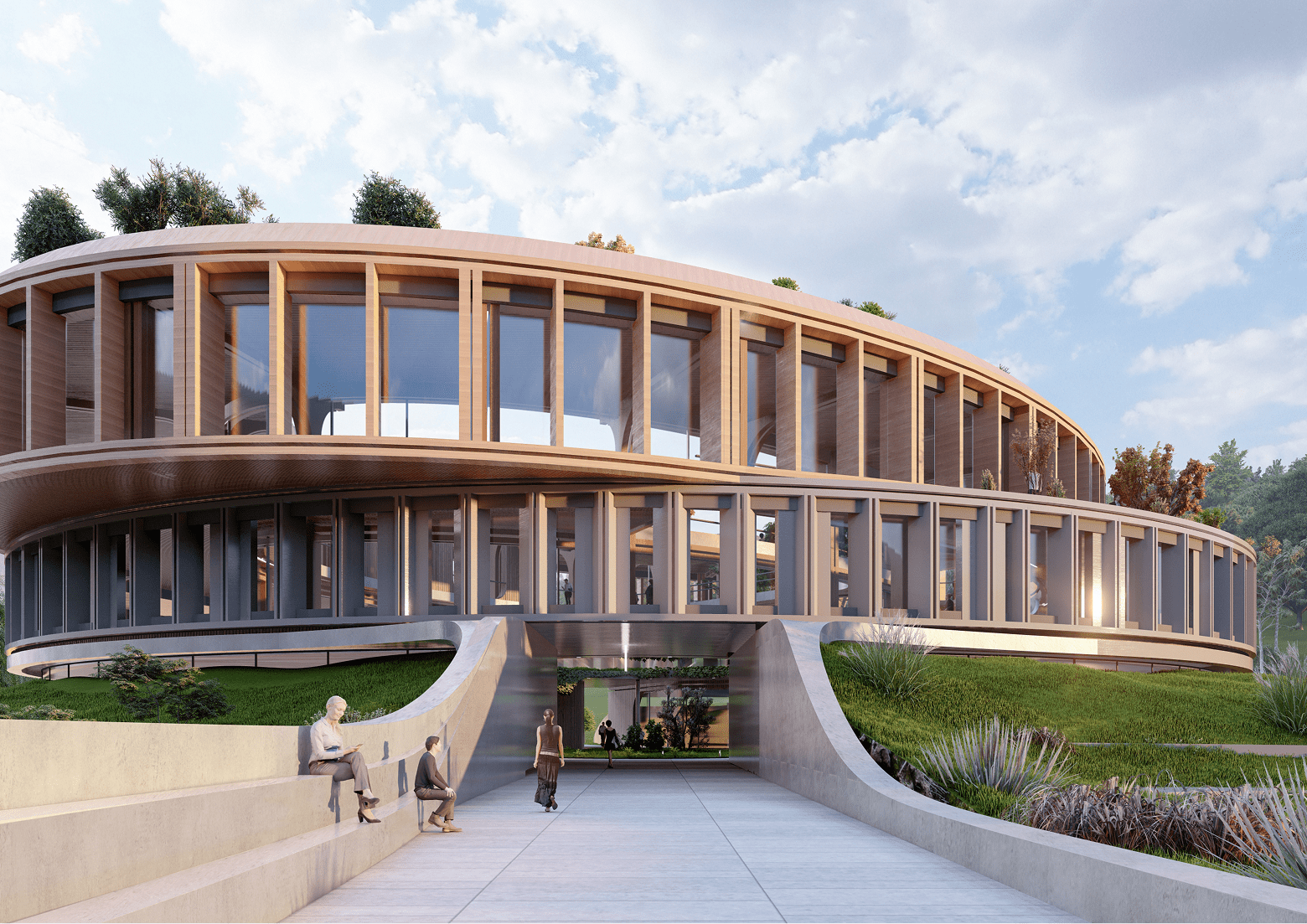
Merging With the Memory of the Earth
Cappadocia’s soft volcanic rock formations and ancient cave dwellings create a poetic dialogue between natural erosion and human adaptability. The Extinction Museum is carved into these rock formations, continuing the tradition of subterranean architecture in the region. Its spatial language respects the geological rhythms, using organic forms and earthy materials to merge the structure seamlessly with its setting.
Large portions of the museum exist underground, minimizing visual disruption and thermal dependency, while strategically placed skylights and observation points allow natural light and views to punctuate the experience.
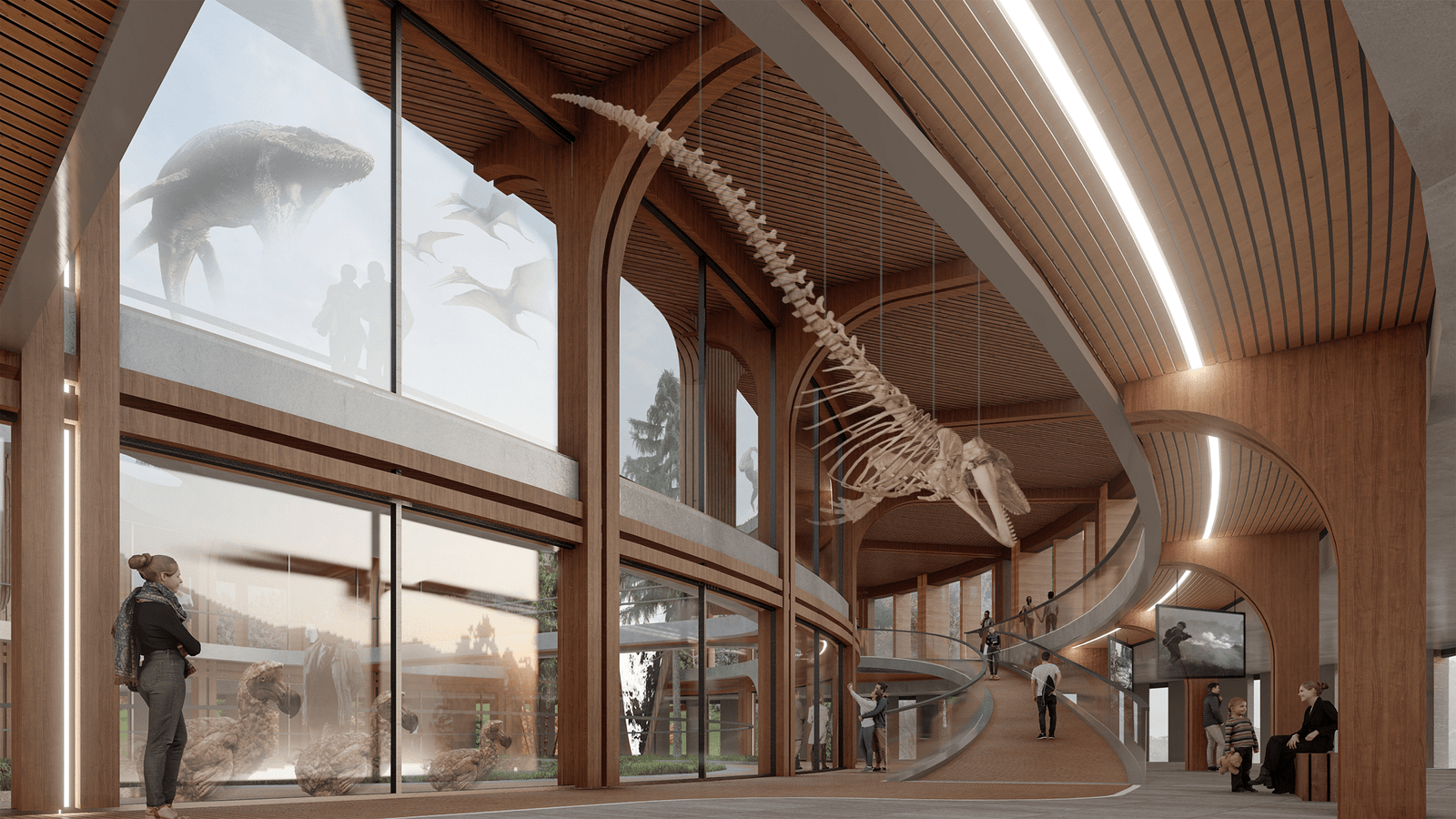
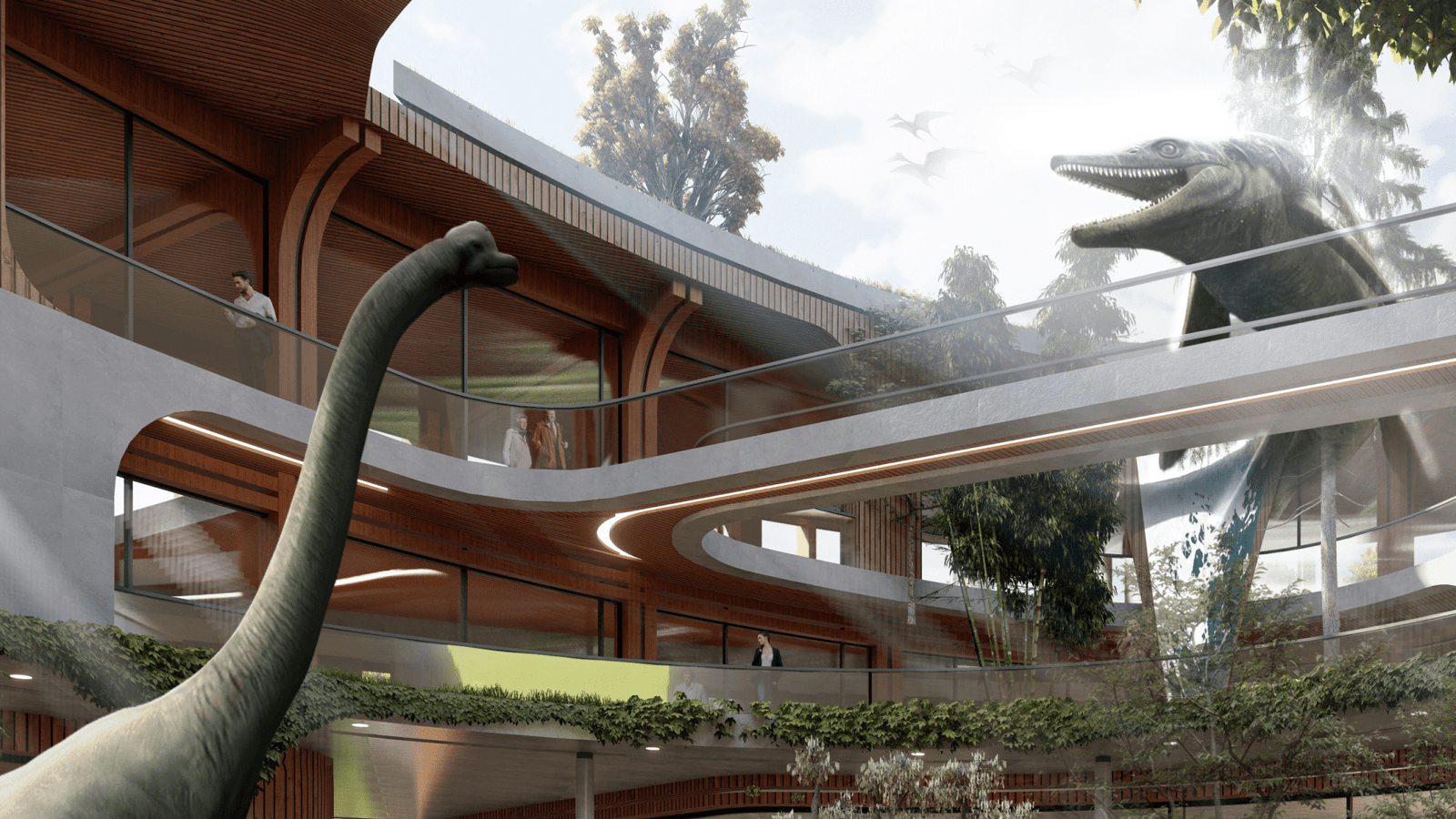
Architecture in Service of the Planet
From construction to operation, the Extinction Museum is committed to environmental responsibility. Key sustainable features include:
- Passive Cooling: Subterranean construction provides insulation and reduces energy needs.
- Water Harvesting & Greywater Systems: Integrates rainwater harvesting and water recycling.
- Local Materials & Labor: Sourced materials and skilled workers from the region support the local economy and reduce carbon footprint.
- Off-Grid Capabilities: The building is partially powered by on-site solar and geothermal systems.
other projects
GUREL
ARCHITECTURE STUDIO
All rights reserved GUREL © 2025
designed and developed by THE EDITOR SUITE
